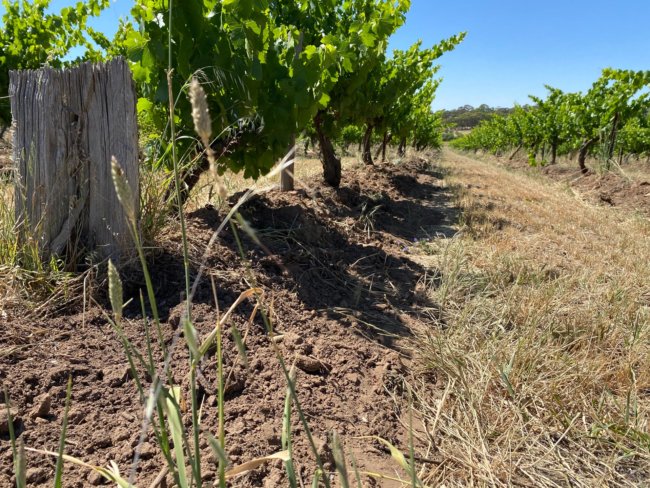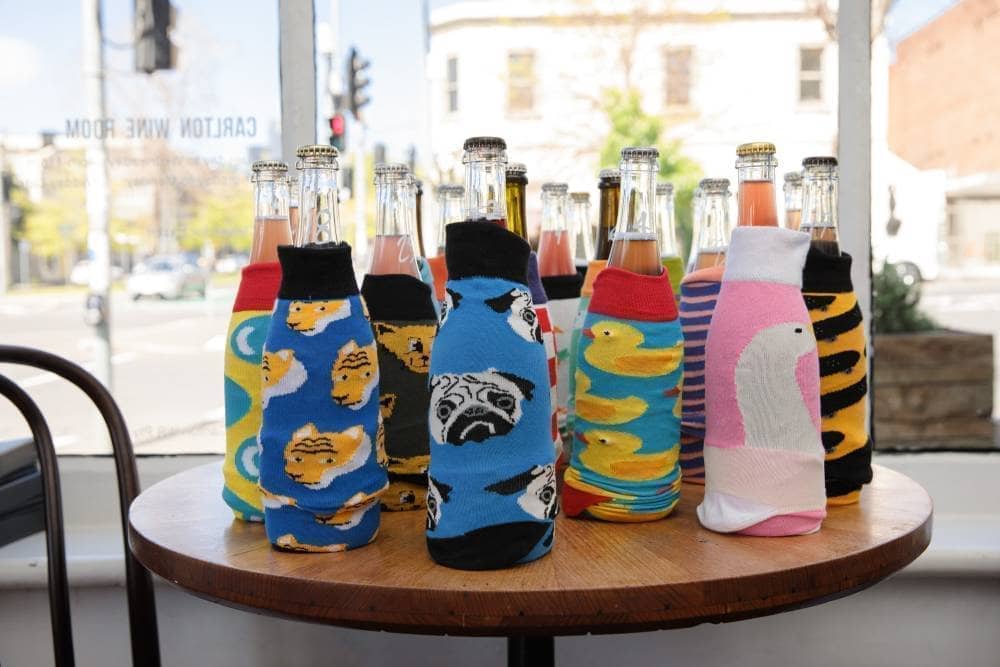Castine-Morella Vineyard, Clare Valley
In Clare Valley’s subregion of Watervale, the Castine’s began planting grapevines in 1996 on their property which they had farmed for four generations. 37-hectares of vines are now spread across two distinct blocks on the vineyard, consisting of riesling, shiraz, cabernet sauvignon, and grenache. Today, the site is managed by Ben Castine and his wife Jess Smythe-Castine, with a firm focus on land ecology and fruit quality. An impressive lineup of top labels are benefactors of the Castine-Morella Vineyard fruit, such as Wines by KT, Vickery, O’Leary Walker, Tim Gramp, Dorien Estate Winery, Taylors, and Kenny Wines.






